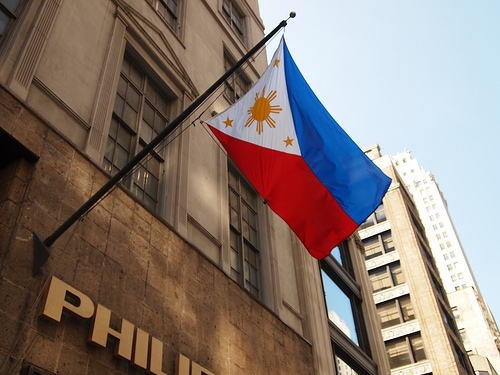
Philippines' central bank slashed deposit rate by 2.5%
That's since 2013 started.
According to DBS, the central bank (BSP) is likely to adopt a wait-and-see approach at this week’s monetary policy meeting. Over the past several quarters, managing inflows have been BSP’s primary concern as foreign investors become increasingly confident about the economy.
More recently, Fitch also moved the country’s credit rating to investment grade, which is likely to trigger further inflows over the medium term.
As a result of inflows, the currency has strengthened significantly against the greenback in 2012 despite intervention by the central bank.
Here's more from DBS:
To deter speculative inflows, BSP also cut the special deposit rate (SDA) rate by a cumulative 100bps to 2.50% since the start of this year.
Notably, this was possible only because of muted inflation dynamics. Last Thursday, foreign exchange rules were further liberalized.
Some key points include the doubling of foreign exchange that residents are allowed to purchase over-the-counter from authorized banks (and their foreign exchange corporations) without documentation to USD120,000 from USD60,000.
Allowable forms of investment that can be funded from these foreign exchange transactions has also been increased.
With these steps already taken, BSP may want to assess the effects and hold off on further SDA rate cuts. We also expect no change in the overnight borrowing rate this week.
























 Advertise
Advertise






